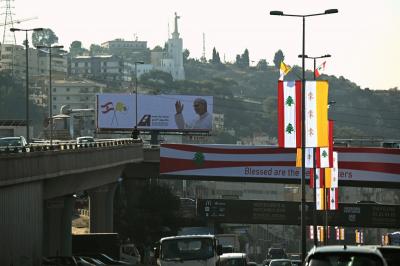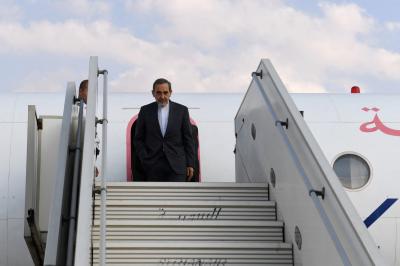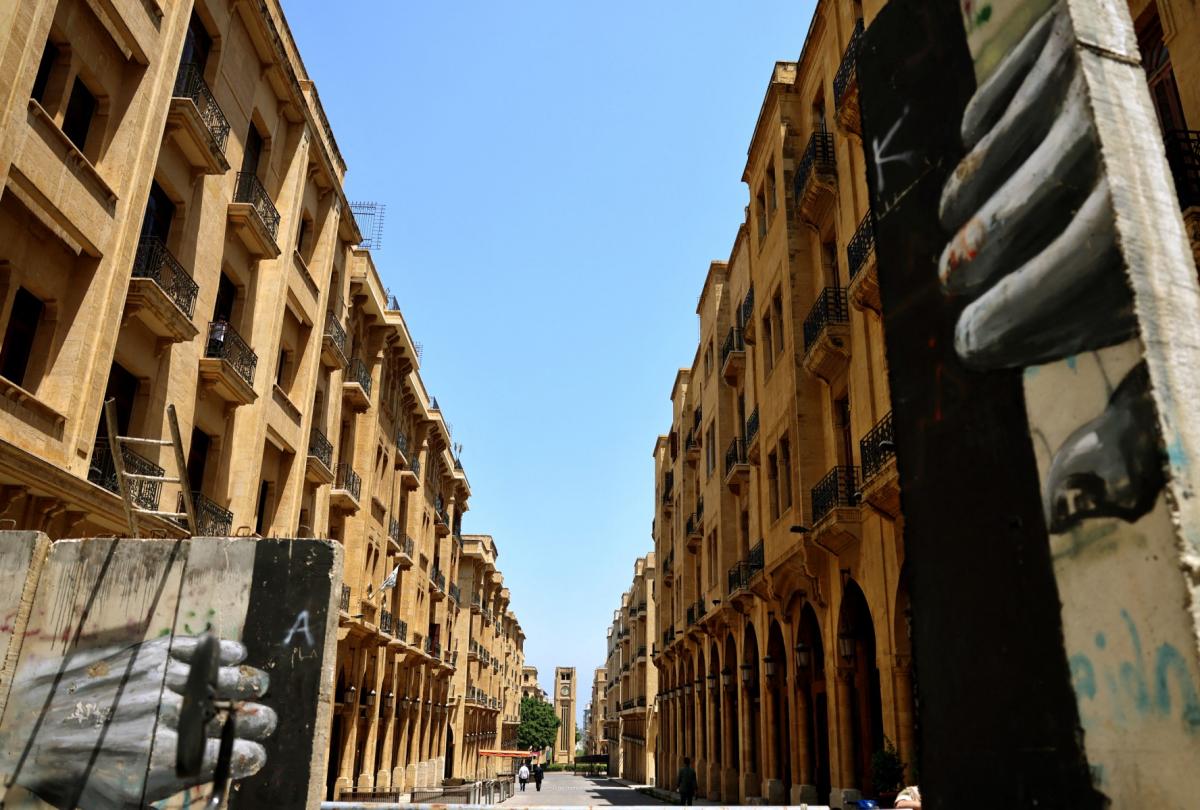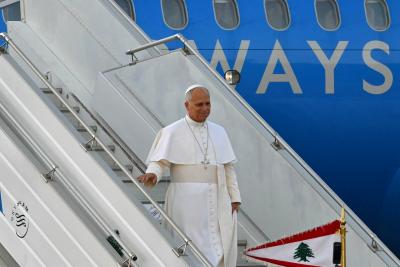Amid Lebanon’s ongoing financial and economic turmoil, the real estate sector continues to stand out as a relatively attractive investment space. New data from the Order of Engineers, cited in Credit Libanais’ weekly report, reveals a notable uptick in construction permits during the first half of 2025. But does this spike signal a true economic rebound, or is it merely a temporary reaction to volatile market conditions?
Annual Growth Tops 18%
According to the figures, licensed construction areas in June 2025 reached approximately 576,088 square meters—down from 770,988 m² in May but still up compared to 614,356 m² in April. For the first half of the year, total licensed space surged by 18.51%, reaching 3.69 million m², compared to 3.11 million m² during the same period in 2024.
This rise comes despite a backdrop of deepening economic distress, raising questions about the motivations of investors and developers in a climate marked by a collapsing Lebanese pound, bureaucratic obstacles, and a paralyzed banking sector.
Mount Lebanon Leads—Beirut Tops in Investment Per Permit
Geographically, Mount Lebanon led the way with the highest number and total surface area of building permits, accounting for 34.63% of the national total (1,278,086 m²), followed by North Lebanon (24.23%), South Lebanon (19.48%), with Bekaa, Nabatieh, and Beirut trailing behind.
However, in terms of investment density per permit, Beirut came first with an average of 3,135 m² per permit, suggesting a clear focus on large-scale or high-end development. Bekaa followed with 1,082 m², then Mount Lebanon with 1,057 m².
Expert Opinion: A Temporary Spike, Not a Sign of Sustainable Recovery
Real estate expert Rony Bou Diab cautions against interpreting these figures as evidence of a genuine recovery. “This data reflects a kind of hedging behavior by real estate investors who are seeking to preserve capital by converting it into fixed assets—especially in the absence of trust in the banking sector,” he explains.
Bou Diab adds that the rise in permits does not necessarily reflect real demand for apartments or housing units. “Many of these permits are speculative in nature, waiting for more favorable conditions for selling or renting,” he says, noting that numerous licensed projects remain unbuilt, pending improved financing or foreign investment.
He warns against mistaking this growth for a broader economic recovery. “The real estate sector cannot be isolated from the country’s overall economic reality—particularly purchasing power, construction costs, and the near-impossibility of securing bank loans.”
A Construction Boom or Preparation for Post-Crisis Rebound?
Observers are divided. Some see the increase in permits as a sign of returning confidence in select areas, or as a method of channeling frozen funds into real estate. Others worry it could lead to an unsustainable construction boom, producing vacant units and oversaturated markets—especially in the absence of a national housing strategy and well-regulated urban planning.
In the end, despite the seemingly positive uptick in construction activity, the central question remains: Is this a reflection of real economic recovery? Or merely a flight to real estate as a haven in the absence of viable alternatives?
The answer hinges on Lebanon’s broader financial policies, the stability of its security and political environment, and its ability to attract both local and foreign investment.
Please post your comments on:
[email protected]
 Politics
Politics













